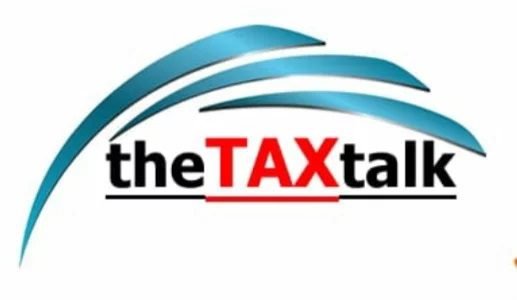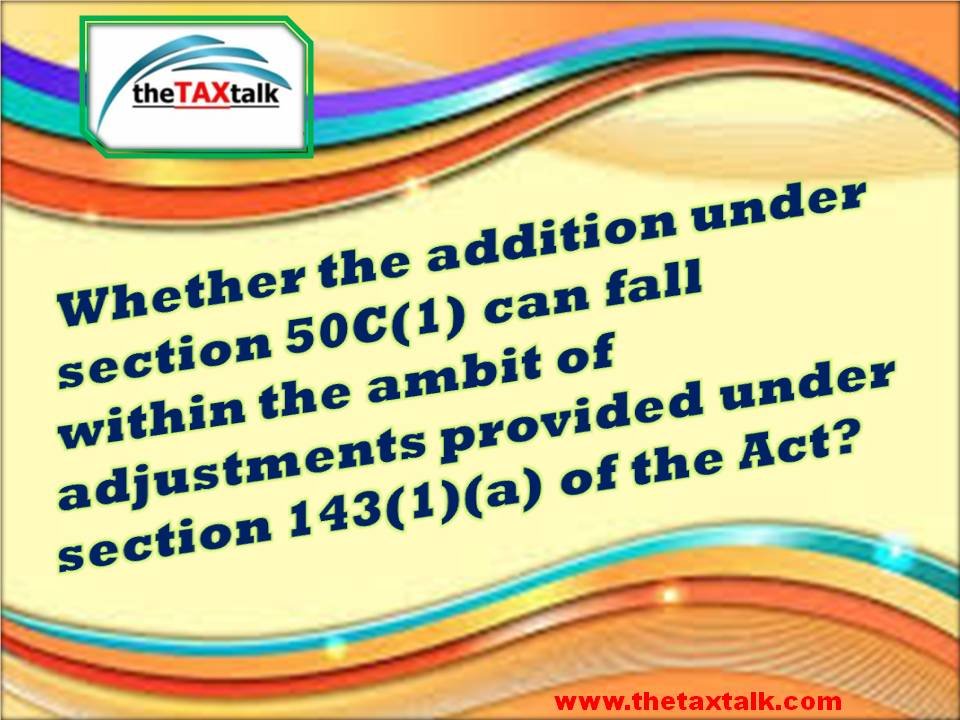![]()
Whether the addition under section 50C(1) can fall within the ambit of adjustments provided under section 143(1)(a) of the Act?
Here is an interesting issue before Delhi ITAT regarding the scope of section 143(1)(a). Whether the addition/adjustment of Rs. 36,51,250/- made under section 50C(1) of the Income Tax Act, 1961 (hereinafter ‘the Act’) can fall within the ambit of adjustments provided under section 143(1)(a) of the Act.?
The case detail is as under:
ITAT Delhi- Amit Sabharwal vs. Asst. Director of Income Tax, CPC, Bengaluru / ITO, Ward 46(3), New Delhi-ITA No. 5292/Del/2024=Order Date: 12 March 2025- Assessment Year (AY): 2019-20
Let us have a Short Overview of the case:
1. Facts of the Case
The assessee, Amit Sabharwal, filed his Income Tax Return (ITR) on 25.10.2019, declaring a total income of Rs. 62,43,461/-.
He disclosed Long-Term Capital Gains (LTCG) of Rs. 46,23,385/- from the sale of an immovable property in Noida, for a sale consideration of Rs. 1,58,43,750/-.
The stamp duty valuation (circle rate) of the property was Rs. 1,94,95,000/-.
Both the actual sale consideration and the circle rate were fully disclosed in the ITR.
During 143(1) processing, CPC proposed an adjustment of Rs. 36,51,250/- (the difference between the circle rate and actual sale consideration), invoking Section 50C(1).
The assessee objected, but CPC still made the adjustment under Section 143(1)(a)(ii).
Assessee’s Arguments:
Once the assessee objected to the application of Section 50C(1), the proper procedure under Section 50C(2) required the Assessing Officer (AO) to refer the valuation dispute to the Department Valuation Officer (DVO).
The failure to make such a reference, and mechanically adjusting the declared sale consideration, violates the statutory safeguards provided under Section 50C.
The adjustment under Section 143(1)(a) is permissible only in cases of objective errors or incorrect claims apparent from the return; a subjective determination under Section 50C(1) does not qualify.
Revenue’s Submission:
• CPC proceeded under Section 143(1)(a)(ii) on the ground that the assessee’s declared sale consideration was less than the stamp duty value, and such inconsistency justified the adjustment.
• The sale consideration and circle rate were both disclosed in the return, so the CPC treated it as an incorrect claim apparent from the return.
• The Revenue argued the adjustment was within the permissible scope of 143(1)(a).
5. Tribunal’s Observations
a) Understanding Section 50C
• Section 50C creates a legal fiction (deeming provision):
• Sub-section (1): Substitution of stamp duty value as deemed consideration for capital gains if it exceeds actual sale consideration.
• Sub-section (2): If the assessee objects to the stamp duty valuation, the AO must refer the case to the DVO for valuation.
• Sub-section (3): If the DVO’s value is lower, that becomes the final deemed sale consideration.
Final Ruling:
An adjustment under Section 50C(1) is not purely arithmetical; it requires the assessee’s objection to be addressed via a DVO reference.
The Copy Of the order is as under:


